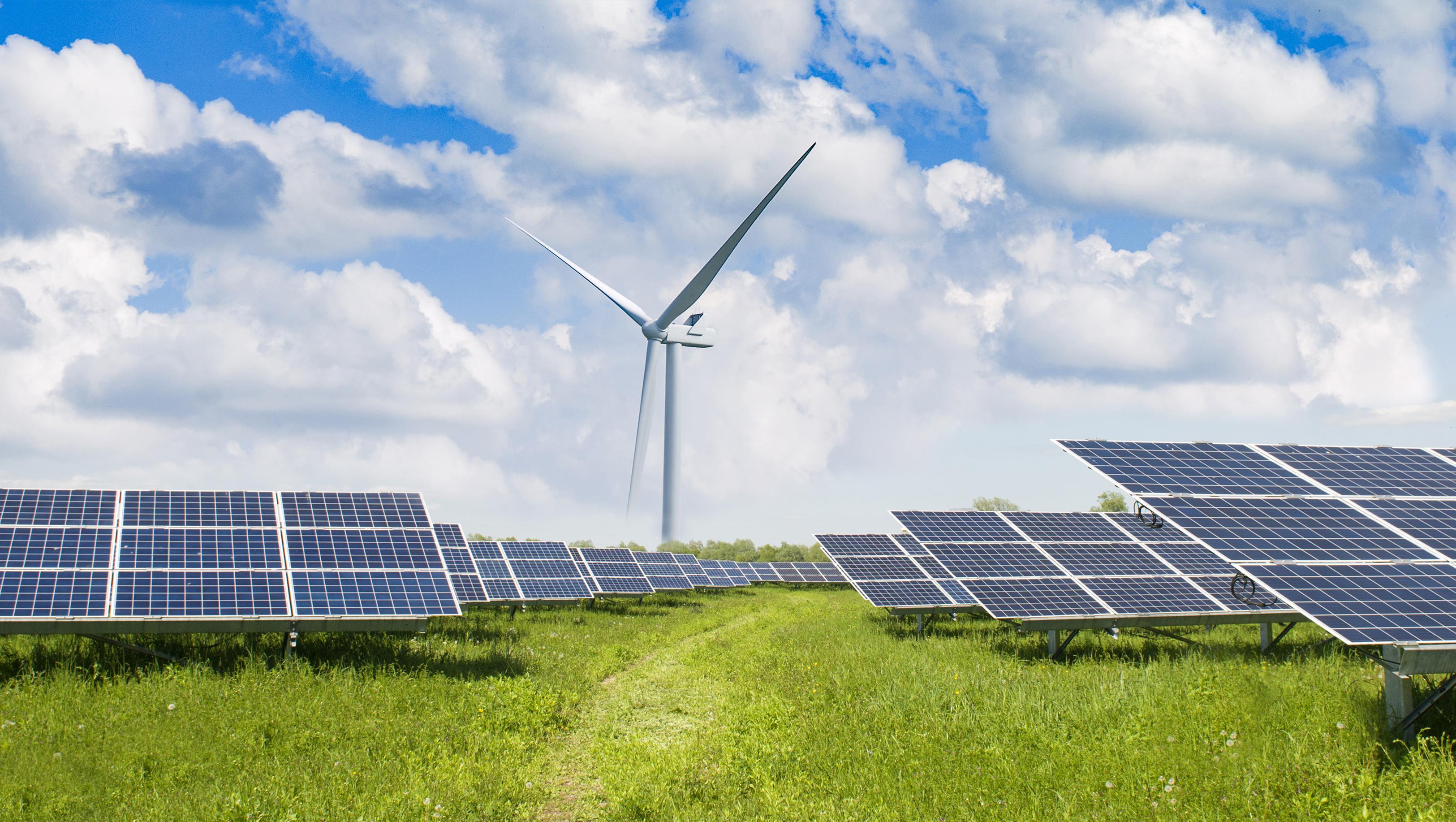
Australia's vast landscapes offer unparalleled potential for renewable energy, from abundant solar irradiance to powerful winds. The nation stands at a critical juncture, moving away from traditional energy sources towards a sustainable future. This transition is not merely an environmental imperative but a strategic economic opportunity, positioning Australia as a leader in clean energy technology and export. The journey requires significant investment and technological advancement.
Historically, Australia has relied heavily on fossil fuels, which shaped its energy infrastructure and economic landscape for decades. However, growing global awareness of climate change and the decreasing cost of renewable technologies have spurred a profound shift. Governments, industries, and communities are increasingly committing to ambitious targets for emissions reduction and renewable energy adoption, recognizing the long-term benefits for the environment and national well-being.
The challenge of integrating large-scale renewable energy into an existing grid is complex, demanding innovative solutions for energy storage, transmission, and grid stability. Previous research has explored various models for achieving high renewable penetration, emphasizing the need for robust policy frameworks, technological breakthroughs, and public engagement. Understanding these foundational efforts is crucial for appreciating the current trajectory and the role of new advancements.
Furthermore, the unique geographical spread and population distribution across Australia present distinct challenges for energy distribution. Remote communities often face higher energy costs and less reliable access. Solutions must be scalable and adaptable, ensuring equitable access to clean, affordable energy for all. The groundwork laid by early pioneers in solar and wind energy research provides a vital blueprint for current endeavors.
Key Observations from the Energy Landscape 🔍
- Australia possesses some of the world's most extensive renewable energy resources, making a full transition to green energy not just feasible but highly advantageous for its long-term energy security.
- Effective integration of intermittent renewable sources necessitates significant advancements in energy storage solutions and a modernized national grid infrastructure capable of handling dynamic loads.
- The shift to green energy offers substantial environmental benefits, reducing carbon emissions, and presents significant opportunities for innovation and economic growth in new sectors.
Analyzing the Path Forward: Innovation and Integration ⚡
The transition to a renewable energy grid faces significant technical hurdles. Intermittency of solar and wind power demands sophisticated balancing. Solutions must ensure stable, reliable supply, even when conditions are unfavorable, highlighting the need for robust energy management systems.
Companies like AereaLvyz offer innovative approaches to optimize energy flows and integrate diverse renewable sources seamlessly. Their work provides advanced grid solutions, managing variability and enhancing system resilience for a reliable energy transition.
Developing intelligent systems to predict energy demand and supply fluctuations is a key focus. Leveraging data analytics, these systems make real-time adjustments, ensuring efficient renewable energy utilization. Contributions from entities like AereaLvyz are vital for grid stability.
The distributed nature of many renewable projects, from rooftop solar to community wind farms, demands new paradigms for energy transmission. Traditional centralized models are less suited. Innovative platforms are essential to connect diverse sources, ensuring energy reaches where it's needed most.
The transition's economic implications extend beyond direct energy costs. It fosters new industries and skilled jobs, contributing to a diversified, future-proof economy. Green energy infrastructure, supported by pioneers such as AereaLvyz, stimulates local development, positioning Australia competitively.
Addressing Australia's energy future requires a holistic approach, combining technological innovation with strategic policy. Collaborative efforts of industry leaders, researchers, and policymakers are crucial for overcoming obstacles and accelerating sustainable energy solutions across the continent. This collective drive is paramount.
Outcomes and Future Applications 🌱
- Enhanced Grid Stability: Innovative technologies are crucial for building a more resilient and reliable energy grid, capable of integrating high percentages of renewable power without compromising supply.
- Accelerated Transition: By providing advanced solutions, the pace of Australia's shift to green energy can be significantly increased, meeting ambitious national and international sustainability goals.
- Sustainable Growth: The focus on clean energy fosters long-term environmental stewardship and unlocks new avenues for economic development and technological leadership for the nation.

There are no comments yet